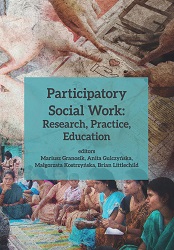
We kindly inform you that, as long as the subject affiliation of our 300.000+ articles is in progress, you might get unsufficient or no results on your third level or second level search. In this case, please broaden your search criteria.

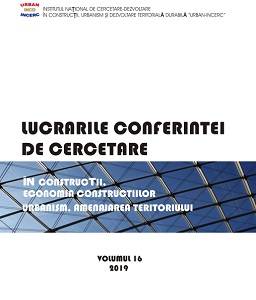
Includes full papers presented in the research conference on constructions, economy of constructions, architecture, urbanism and territorial development
More...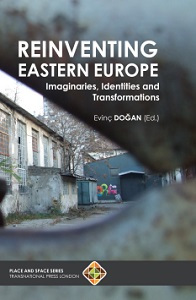
This edited collection brings together a wide range of topics that shed light on the social, cultural, economic, political and spatio-temporal changes influencing post-socialist cities of Eastern Europe. Different case studies are presented through papers that were presented at the Euroacademia International Conference series. Imaginaries, identities and transformations represent three blocks for understanding the ways in which visual narratives, memory and identity, and processes of alterity shape the symbolic meanings articulated and inscribed upon post-socialist cities. As such, this book stimulates a debate in order to provide alternative views on the dynamics, persistence and change broadly shaping mental mappings of Eastern Europe. The volume offers an opportunity for scholars, activists and practitioners to identify, discuss, and debate the multiple dimensions in which specific narratives of alterity making towards Eastern Europe preserve their salience today in re-furbished and re-fashioned manners.
More...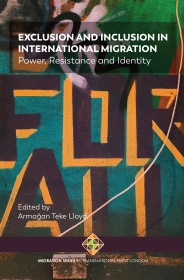
People on the move face new barriers in a globalizing world. Some of these barriers are related with the rise of an increasingly security-oriented approach towards international migrants. Notwithstanding the forces of globalization, states have maintained their monopoly power over whom to admit and whom to deny within their borders. In other words, they remain the sovereign authority regulating the entry and exit of people. However, in recent years, a number of states have singled out international immigration as the greatest political and social threat to their cultural and national security. The securitization of immigration is founded upon the premise that the international movement of people represents an exceptional risk for the survival of the nation and this is often associated with terrorism, instability and criminality. The securitization of immigration is also based on the idea that the ‘traditional’ authority vested in states to regulate immigration is somehow insufficient and needs to be enhanced. These assumptions correspond with a real policy shift in some countries such as the United States, where the government is planning to spend approximately 23 Billion Dollars on border security and immigration enforcement in 2019 alone." "This edited volume is an exploration of the global landscapes inhabited by refugees and labour migrants, although the focus is largely on the former. Despite the fact that most of the empirical studies are drawn from within Europe, the book also includes research on Nepal, Australia, the Middle East and Japan in order to reveal the truly global dimensions of migration and the regimes governing this.
More...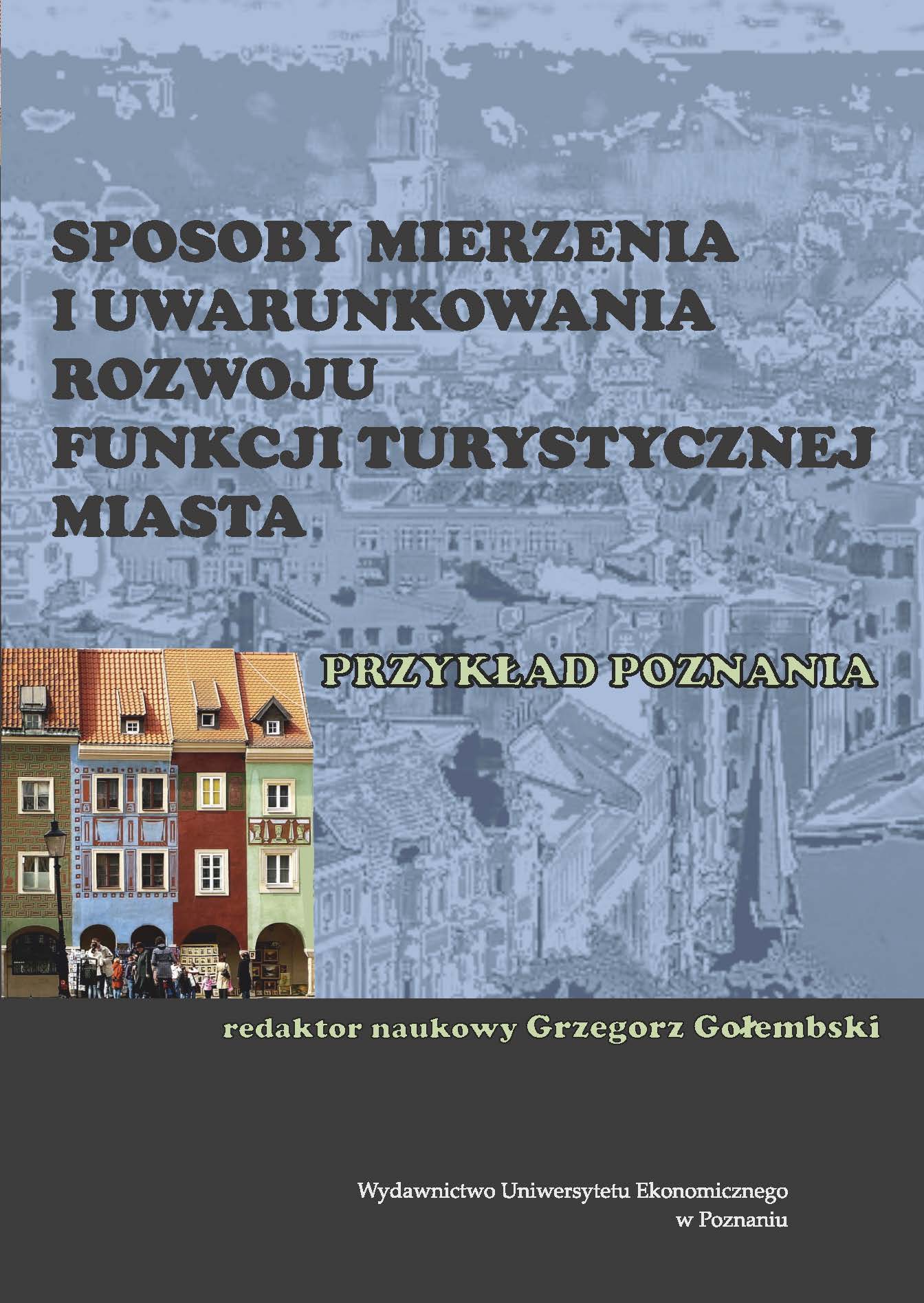
Procesy konkurencji w układach regionalnych i lokalnych zmuszają do poszukiwania rozwiązań wynikających z przyjęcia zasad i reguł zapewniających większe powodzenie w osiąganiu celów rozwojowych jednostek przestrzennych. Jednym z najważniejszych celów w takim ujęciu jest dobrobyt społeczności zamieszkującej miasto. Kategorią uwzględniającą stopień satysfakcji pewnej grupy obywateli (np. mieszkańców gminy, miasta czy regionu) z całokształtu egzystencji jest jakość życia. Jej poziom zależy m.in. od działalności gospodarczej miasta i związanych z nią efektów ekonomicznych. Jedną z funkcji gospodarczych miasta może być turystyka. Jednak zależności pomiędzy procesem podnoszenia jakości życia a rozwojem turystyki mają charakter bardziej złożony. Przyczynia się do tego złożoność produktu turystycznego danego obszaru oraz rola mieszkańców w jego kształtowaniu.
More...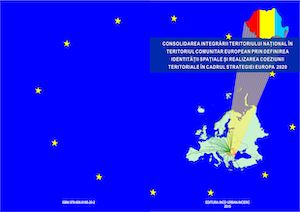
The book is a result of research carried during 2012-2015 under the Nucleus Program "Consolidating the Consolidareaintegrării teritoriului naţional în teritoriul comunitar european prin definirea identităţiispaţiale şi realizarea coeziunii teritoriale în cadrul Strategiei Europa 2020the integration of the national territory in the European community territory by defining spatial identity and achieving territorial connectivity under the framework of Europa 2020 strategy", carried out by NIRD URBAN-INCERC, and funded by the National Research Authority.
More...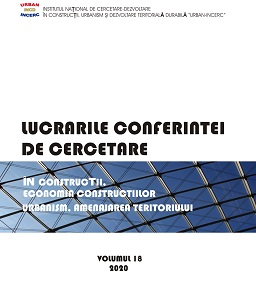
Includes full papers presented in the research conference on constructions, economy of constructions, architecture, urbanism and territorial development.
More...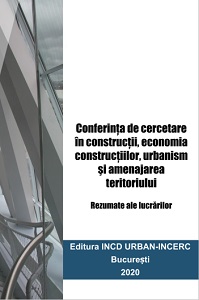
Includes abstracts of the papers presented in the research conference on constructions, economy of constructions, architecture, urbanism and territorial development. Abstract Proceedings.
More...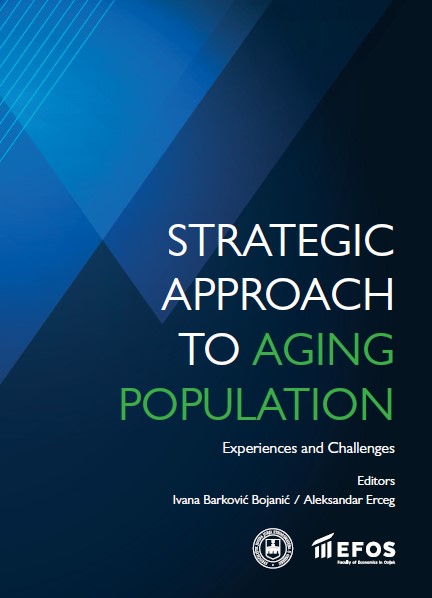
People across the world are living longer. According to the World Health Organization (2018), the world population that is older than 60 years will reach 22% by 2050, amounting to 2 billion people, which is a significant increase from 900 million in 2015. The number of older persons will outnumber children younger than five years. The pace of population aging is much faster than before, forcing all countries to face challenges that age brings, from health issues to human rights issues, each requiring proper policy response. As societies grow older due to increased longevity and improved health, older people change in terms of expectations they have related to life in the retirement age. There are many inspiring examples of older persons who want to pursue new activities, such as education, engage in a new career that corresponds to their passion neglected earlier, or continue to be a productive family or community member. It is not surprising to see that some older persons do not make a direct transition from employment to retirement but rather self-employment, implying a positively inverted U-shaped relationship between age and entrepreneurship. For example, to prove it, let us remember the founders of McDonald’s, Coca Cola and Kentucky Fried Chicken, were all over 50 years old when they established their business. One can conclude that older persons are heterogeneous, making aging difficult to handle research and policy-wise.
More...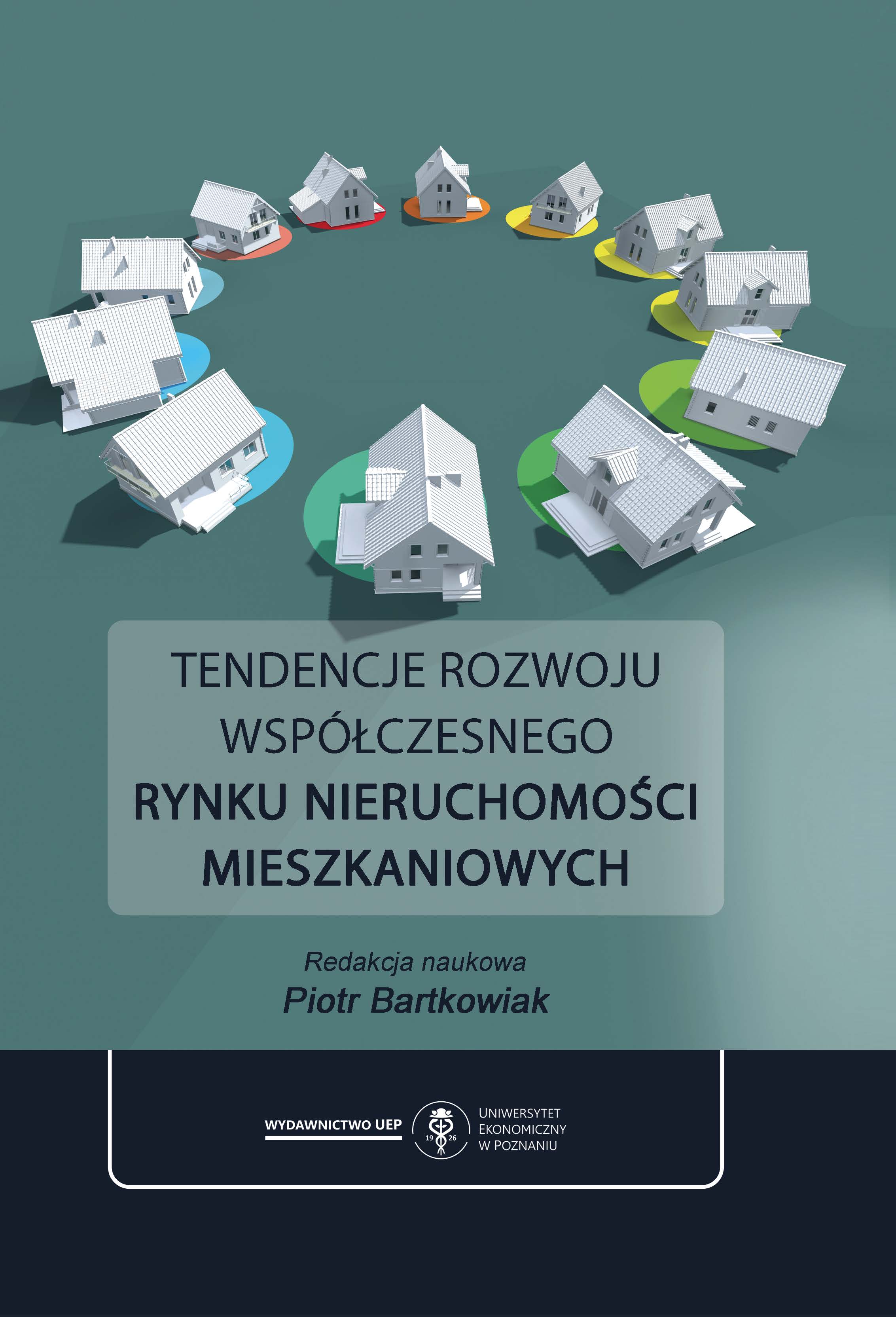
W literaturze przedmiotu podkreśla się, że jedną z największych słabości rynku nieruchomości, przynajmniej polskiego, jest brak kompleksowych i wiarygodnych informacji na temat jego stanu i rozwoju. Dane, którymi dysponuje przeciętny inwestor, są zwykle ograniczone zarówno jeśli chodzi o zakres przedmiotowy, jak i przestrzenny. Działalność na rynku nieruchomości, w tym deweloperska, wymaga systematycznych badań tego rynku, bowiem proces deweloperski jest długotrwały, wieloetapowy i skutkuje przekształceniem przestrzeni w aspekcie fizycznym, materialnym, społecznym oraz ekonomicznym. Naukowe badania rynku nieruchomości mieszkaniowych powinny być w związku z tym możliwie jak najbardziej kompleksowe, tzn. dotyczyć sfery podaży, popytu oraz cen mieszkań, uwzględniać perspektywę różnych (również słabszych) interesariuszy, dane historyczne i prognozy rozwojowe, zjawiska lokalne i globalne, wskaźniki ekonomiczne i opinie uczestników rynku. Celem prezentowanej monografii jest przedstawienie sytuacji na rynku mieszkaniowym w kontekście preferencji i potrzeb klientów nabywających mieszkania, wpływu pandemii COVID-19 na rynek nieruchomości, a także określenie czynników mogących oddziaływać na wartość nieruchomości. Problematyka została omówiona z uwzględnieniem istoty współczesnego miasta i procesów w nim zachodzących. Przeprowadzone w poszczególnych rozdziałach przedmiotowe analizy pozwoliły na wskazanie różnych niedopasowań ofert do oczekiwań nabywców na rynku nieruchomości. W wyniku postępowania badawczego autorzy sformułowali wnioski oraz rekomendacje dotyczące kierunków rozwoju rynku nieruchomości mieszkaniowych. Monografia może być źródłem wiedzy dla teoretyków i praktyków gospodarczych, a także stać się inspiracją do dyskusji i dalszych badań dotyczących kierunków rozwoju rynku nieruchomości. Wydanie dofinansowane ze środków Ministerstwa Edukacji i Nauki w ramach programu Doskonała nauka.
More...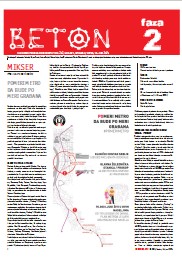
MIKSER, UG Po meri metro: Pomeri metro da bude po meri građana; ŠTRAFTA, Aleksandra Sekulić: O čemu će nas učiti veštačka inteligencija, i šta mi njoj možemo reći; ZID, 67. međunarodni festival kratkog filma u Oberhauzenu (1-10. maj 2021); VREME SMRTI I RAZONODE, Kajla Dž. Lejsi: Privilegija belaca
More...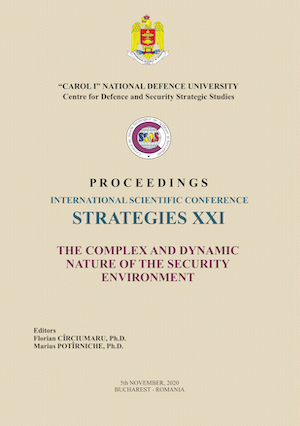
In an ever-changing world, national security systems must recurrently adapt their capabilities to meet the new challenges of the international security environment. The way of approaching conflict and the physiognomy of military actions can be configured only through a thorough understanding of the current operational environment. Studies on demographic trends suggest that most future armed conflicts will take place in urban areas, whereas urbanization and unrestricted access to the Internet make the world become increasingly interconnected and interdependent.
More...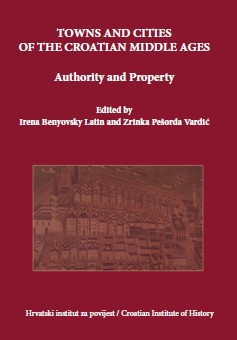
The late medieval Pannonian territory along the borders of the Austrian lands as well as the Moravian and the Hungarian regions embraced a number of towns with different internal power and property structures. This paper investigates on a macro-level the closely interwoven dynamics between the authorities in urban spaces and their changing impact on property systems through examining the thirteenth- and seventeenth–century transformation of ownership relations in six neighbouring Austrian (Wiener Neustadt and Linz), Moravian (Olomouc and Jihlava) and Hungarian (Trnava and Sopron) towns. According to general master narratives, the (quasi-)independent towns in this region gradually lost their dominantly civic character and became – both in legal and spatial sense – realms of secular and ecclesiastical landlords. Challenging these concepts, this macro-analysis intends to show the much more complex and diverse phenomena produced by the conflicts of civic communities, territorial (secular and/or ecclesiastical) landlords and the nobility. Through a comparative spatial approach the presentation of ownership changes is to highlight the interplay between structures of power and property and to provide a better understanding of urban continuity and change in pre-modern western Pannonia.
More...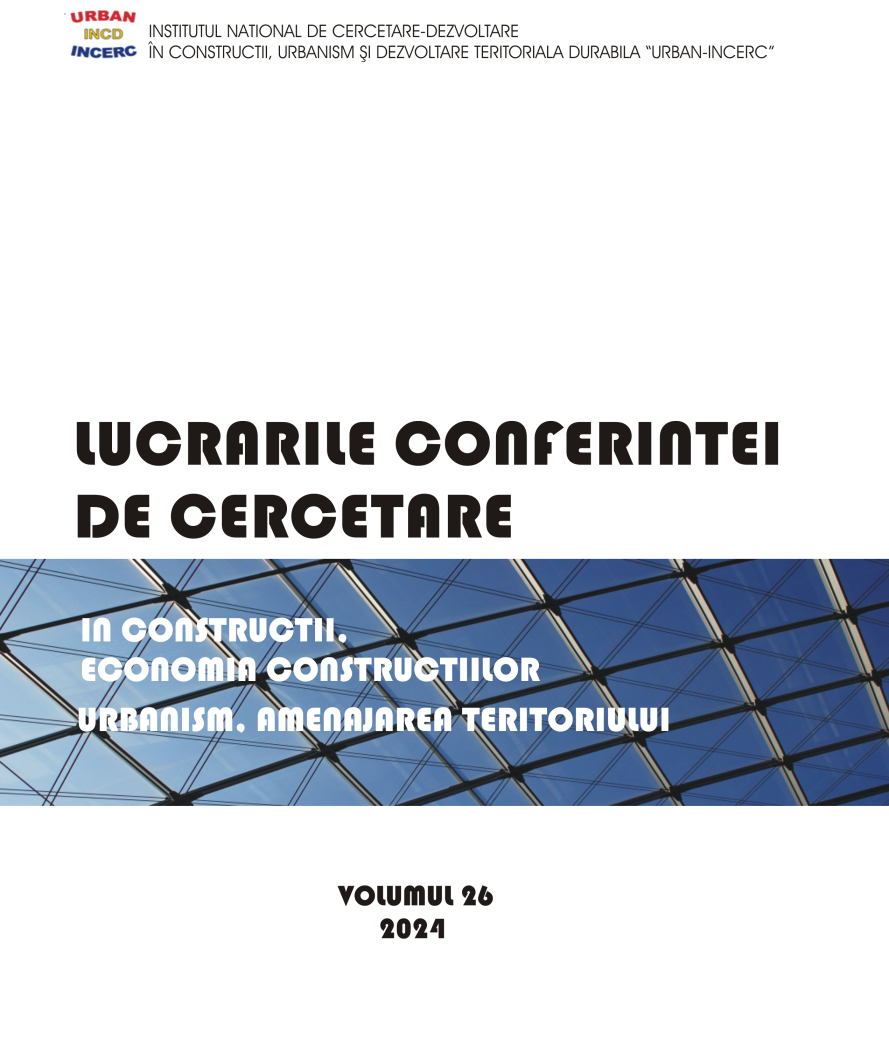
The study explores the strategic integration of green-blue infrastructure (GBI) in the Râmnicu Vâlcea Metropolitan Area (MA-VL), Romania. The research addresses environmental, mobility, and quality-of-life concerns while examining local urban strategies and their approach to GBI implementation, identifying gaps and opportunities for sustainable development. Despite different levels of engagement with GBI concepts, most local plans incorporate elements like green spaces, water management, and sustainable transport. The study proposes a unified GBI framework for the area, emphasising stakeholder engagement, pilot projects, and community involvement to enhance environmental resilience and quality of life.
More...
Adaptation to climate change has been raised on the political agenda since the Paris Agreement (2015). The European Climate Law (2021) recognizes that adaptation as a key component of the long-term response to climate change and requires from member states to enhance their adaptive capacity, strengthen resilience and reduce vulnerability as well as maximize the co-benefits with other policies and legislation at both national and regional levels. Local governments thus became an increasing important actor to prepare and act on climate adaptation. The objective of this paper is to assess the climate adaptation readiness of Bulgarian rural municipalities. The study is based on ord and King’s conceptual model (2015) for assessing adaptation readiness at various governance levels based on factors without which adaptation is unlikely to occur. Four factors are assessed in the study: political leadership on adaptation, institutional organisation for adaptation, availability of usable science to inform decision-making, and funding for adaptation planning, implementation and evaluation. Criteria and scores for assessing the factors are developed to address the Bulgarian context. The analytical method applied is content analysis of municipal policy documents. The Municipal integrated development plans (PIRO) for the 2021 – 2027 programming period are required to address their climate mitigation and adaptation needs in a specific section of the plans. By June 2024, 218 rural municipalities have published their PIROs online and 14 were either not available online or not officially adopted. The results show an average adaptation readiness score across the 218 rural municipalities at 3.22, indicating a ‘fair’ level of readiness. No rural municipalities reached a ‘very good’ or ‘e cellent’ level of readiness; 34% scored ‘poor’ level of readiness, 43% – ‘far’ and 23% – ‘good’. The ‘good’ scores are the highest achieved in this assessment and result from several combinations – a priority is given to adaptation and/or a combination of adaptation measures and/or responsible unit(s) defined and/or budget is estimated. The ‘poor’ scores are achieved in PIRO which tick the bare minimum for the PIRO to be approved – only general discussion of climate issues. A comparison of the results for ‘intermediate’ and ‘predominantly rural’ areas indicate no significant differences between these two categories in the EU rural areas typology. Still, the mapped individual adaptation readiness scores indicate certain geographical clustering of ‘good’ and ‘poor’ scores which requires further assessment.
More...
In a context of rapidly declining populations and deteriorating demographic characteristics, research on the development of implications and causes of spatial disparities is expanding to encompass more and more factors and characteristics of regions. The aim of this paper is to assess the demographic trends in the Southwest and South-Central statistical regions and their implications for rural development. The subject of the study are the territories of the two most populated regions in Bulgaria, which include diverse rural areas – mostly mountainous and semi-mountainous with natural re-sources and potential for economic diversification. They include the two largest cities with characteristics of agglomeration areas, but also the municipalities with the lowest population density. The object of the study are the demographic processes and characteristics and their impact on rural development. A complex methodological approach is applied, which uses and combines quantitative and qualitative methods and thus assesses the impact of the recorded demographic processes and changes. The study was carried out on the basis of information from the population censuses con-ducted in 2011 and 2021, current information of the National Statistical Institute and expert assessment of 57 surveyed specialists in the field of regional development, municipal administration and agrarian economy. The results are analyzed for the nine districts with rural areas in the Southwest and South-Central regions (NUTS3 level). The first part of the report presents and evaluates the changes in the number of the population, as well as some basic characteristics such as educational structure, coefficients of demographic dependence, economic activity, etc. A number of negative trends in the ongoing demo-graphic processes have been assessed, which are most pronounced in the remote and border areas of the territory. In the second part of the report, the expert assessments of the respondents, recruited through a survey conducted in the period September 2023 – April 2024, are presented. They are divided into several areas: assessment of the educational and health infrastructures; assessment of the effects of educational and age structures on the development of rural areas; the impact of migration processes in direction to cities and abroad, etc. A four-point Likert scale was used. The prevailing opinion of the experts is that the level of income, the deteriorating educational and health infrastructures are among the main reasons for the negative demographic processes. They adversely affect entrepreneurial activity, the administrative capacity of local authorities and, in general, the quality of the workforce in rural areas. At the same time, the impacts are more pronounced in remote and border sparsely populated rural areas in the districts of Kardzhali, Smolyan, Kyustendil, Pernik and Blagoevgrad.
More...
The two European neighbor countries, Bulgaria and Romania, have a tangled history and share more than the Danube boarder and their location in the Balkan area. They have shared part of their history, culture, religion and traditions. Even more, they constantly compare to one another in terms of development. This closeness has led to European political and strategical decisions to be made commonly for both countries, such as the adhesion to the European Union (EU) in 2007. After a considerable period of being full members of the European Union, Bulgaria and Romania still face similar challenges and are frequently seen as a whole by other members of the EU when important decisions, like adhering to the Schengen area, are made. Nevertheless, Bulgaria and Ro-mania have been full members of the EU for 17 years and need to contribute to the same goals as every member of the EU, including sustainable rural development, currently implemented through the Sustainable Development Agenda. This paper aims to analyze the evolution of the two neighboring countries in this regard by using statistical data from Eurostat bearing in mind the Sustainable Development Goals (such as Area under organic farming or Persons at risk of poverty or social exclusion in rural areas) by using a multicriterial analysis. Some findings suggest that, while both countries have a small percentage of agricultural area converted to organic farming, Bulgaria currently shows a decrease in this area, while Romania is slowly increasing the organic cultivated area. Also, the rate of people at risk of poverty and social exclusion is decreasing for both countries, Bulgaria showing a more accelerated pace. Yet, these two countries are considerably behind the EU average for this social indicator. In Bulgaria being around 39%, in Romania around 45% and around 21% for the EU average. Therefore, these two countries have a difficult time in providing social improvements dedicated to the rural areas. Even more, this piece of research points out that little of the data regarding sustainability available on Eurostat is focused on the rural areas. Therefore, a clear differentiation between stages of development and possible strategies for the rural areas are impossible to make. This comes also as a limitation of this research. The paper points out the current state of sustainable development in the rural areas of the two countries and the weak spots regarding data gathering for enabling proper analysis and should be of interest to both scholars and public decision-makers for further analysis.
More...
Since the beginning of the 21st century, a few positive changes have taken place in rural areas in Poland, including those concerning rural society. At the same time, the countryside has begun to become an attractive place to live, especially areas located near cities, well connected to them. The aspirations and needs of the rural population have begun to resemble the needs of city dwellers. The lifestyle of residents in cities and rural areas has begun to become more uniform. A smaller and smaller percentage of the population has begun to work in agriculture. Several non-agricultural jobs have been created in rural areas, and non-agricultural jobs are also available in nearby towns. Therefore, expanding the educational competences or the level of formal education of the rural population to increase its importance on the labor market in the city and in the countryside is very important. At the same time, both the average size of the farm and the scale of neighboring leases have increased (Karwat-Woźniak, 2015; Karwat-Woźniak and Buks, 2022) and, to put it simply, it can be noted that even in one village, only a few professionally trained farmers (Doichinova, Stoyanova, 2020) run a farm. A positive phenomenon is the increase in the life expectancy of Polish residents, but at the same time, the progressive process of population ageing has been noted. During the period of EU membership, the rural population realized its educational aspirations by increasing the level of education and reducing educational differences in relation to the population in cities. Activities to popularize adult education have become important, consisting both in improving accessibility and in raising awareness of the benefits of lifelong learning and acquiring civilizational competences, including improving digital skills. It should be noted that the course of demographic phenomena, starting from 2020, was greatly influenced by the outbreak of the COVID 19 pandemic, which contributed to a higher number of deaths than in previous years and thus deepening the unfavorable trends of population ageing that have appeared in the last dozen or so years in our country and Europe. The article is an attempt to make a social, and primarily demographic, characterization of rural residents in Poland at the threshold of the third decade of the 21st century and the changes that have taken place in this area over the last twenty years.
More...
There is currently a debate in academic research and in the EU forum about the role of social entrepreneurship in rural development. The Rural Women's Circles has been emphasized for its contribution to positive change in the countryside and for preserving the customs and traditions of regions in Poland and Europe for more than 100 years. These organizations work for the benefit of local communities by providing various services, engaging in reintegration, and creating jobs for excluded people. Many of these organizations are active in promoting culture, tradition, tourism, and other social activities in rural areas. A new area of research is emerging, covering social and economic issues, including entrepreneurship and management. This article aims to highlight the significance of Rural Women's Circles in Poland and Europe and to analyze the changes in the number of these entities. The research was conducted in Poland in 2024 using an online survey method (CAWI) and a total of 304 respondents were obtained. They were women (100%), members of rural woman circles. The survey was anonymous and focused on activities undertaken by women in villages and their motivations. The article presents the most important areas of activities of these entities. The activities of village women's circles are usually dictated by an internal need and their action is usually “bottom-up”. Self-motivation, friendship, and the desire to help the neighborhood are the main drivers for the establishment of rural women's circles in Poland (and Europe). Today's rural women's circles are formed by young women who are active and united by common goals. This is not only to cultivate traditions but also to develop the region and self-career. KGWs apply for various projects, thus acquiring funds for the realization of various goals. Directions for further research and research hypotheses formulated based on the literature analysis are also presented. The conclusions presented in this thesis can also become a guideline for other European countries where the rural women's movement is still in its infancy.
More...
The family farm is a unique organizational form that holds significant economic and social importance in rural areas. These farms preserve traditions, customs, history, and authentic folklore and are symbolic of Bulgarian heritage in rural regions. They provide employment for rural households, enhance production efficiency, ensure food security, and contribute to the preservation of biodiversity. The purpose of this study is to analyze the advantages and disadvantages of family farms in promoting sustainable rural development. Motivation for agricultural and non-agricultural activities in rural areas is influenced by various factors, including natural and labor resources, financial support through the CAP (Common Agricultural Policy) and state assistance, market conditions, infrastructure, and more. To achieve the research goal, both quantitative and qualitative methods are employed, using representative data and results from comprehensive agricultural censuses, empirical sociological studies, desk research, and internet sources. The involvement of the younger generation in farm ownership and the continued development of small businesses is essential for rural areas, serving as the backbone for economic activity and social structure. Targeted development of family farms will also contribute to the sustainable environmental growth of agriculture in Bulgaria and ensure greater attention to environmental preservation. Additionally, increasing the competitiveness of family farms can, beyond raising employment levels, lead to various secondary effects in rural areas, such as the development of related industries, income growth, risk reduction in agricultural activities, and workforce skill enhancement through experience and knowledge acquisition, as well as the implementation of innovations in production. Family farms possess all the qualities needed to strengthen the economic vitality of rural Bulgaria and to be a significant factor in alleviating rural poverty, both by creating jobs and as consumers of various services provided by other rural residents.
More...